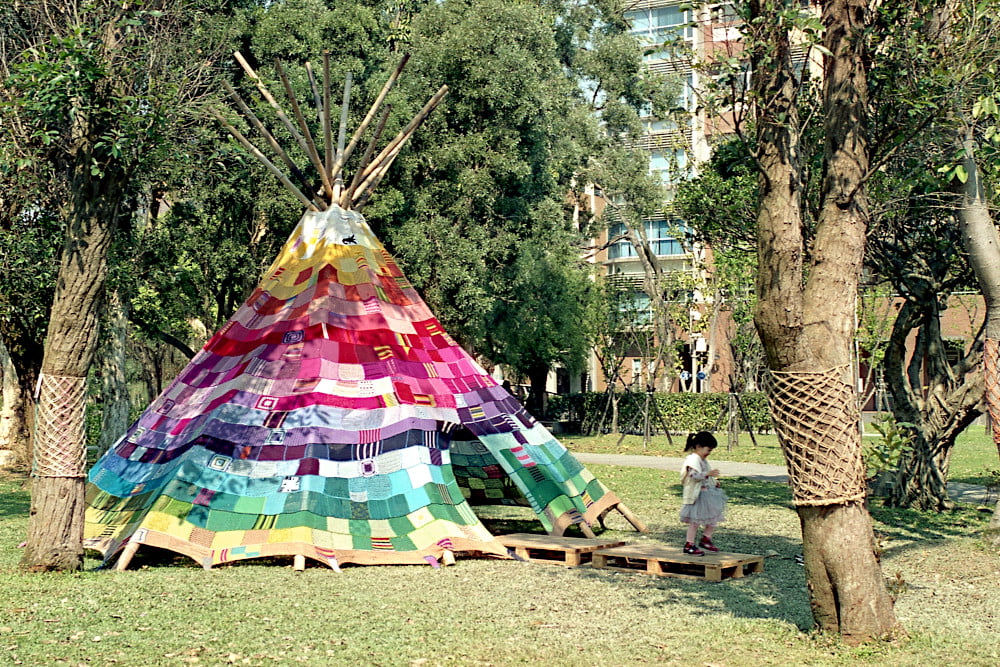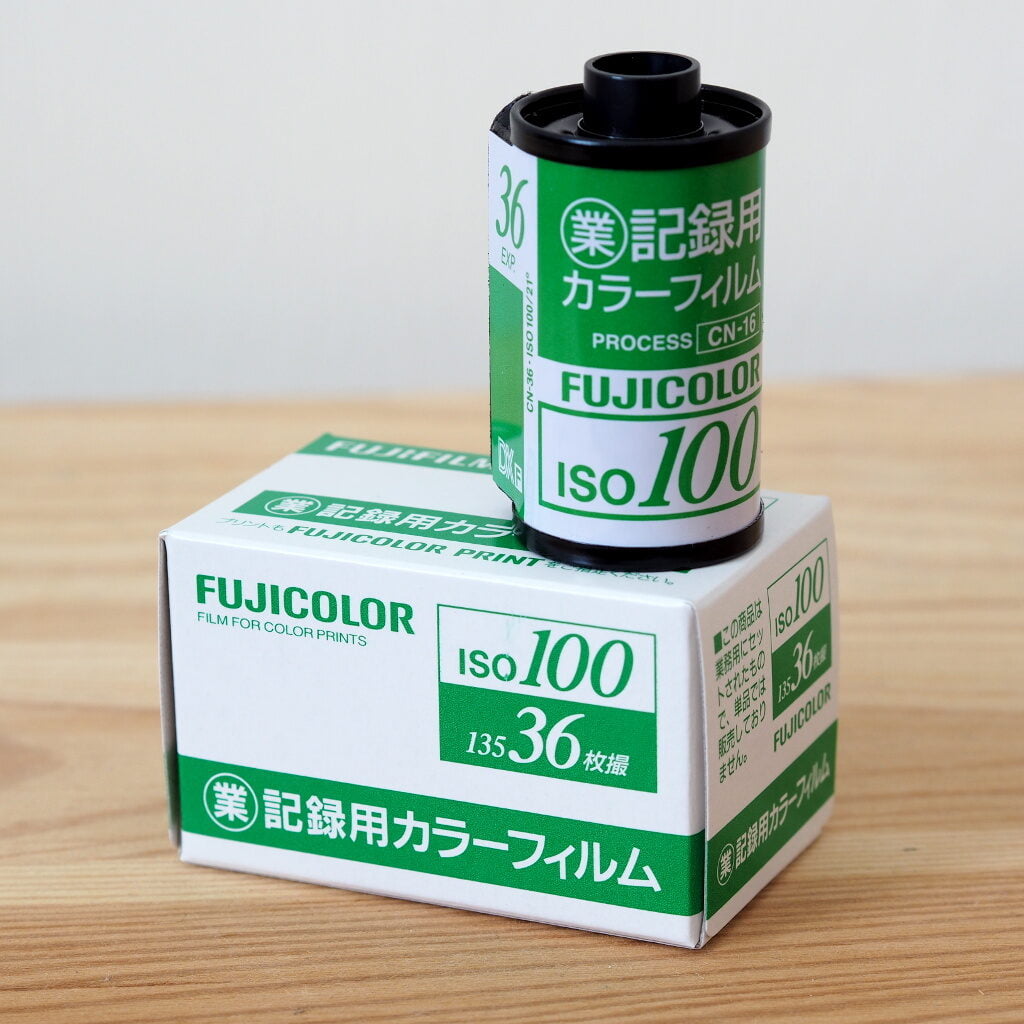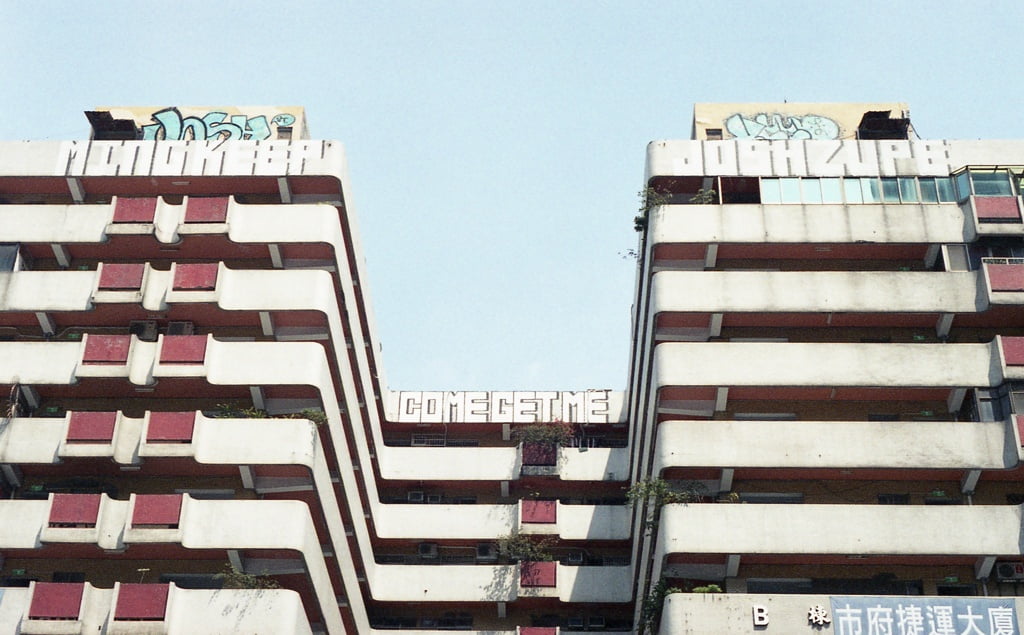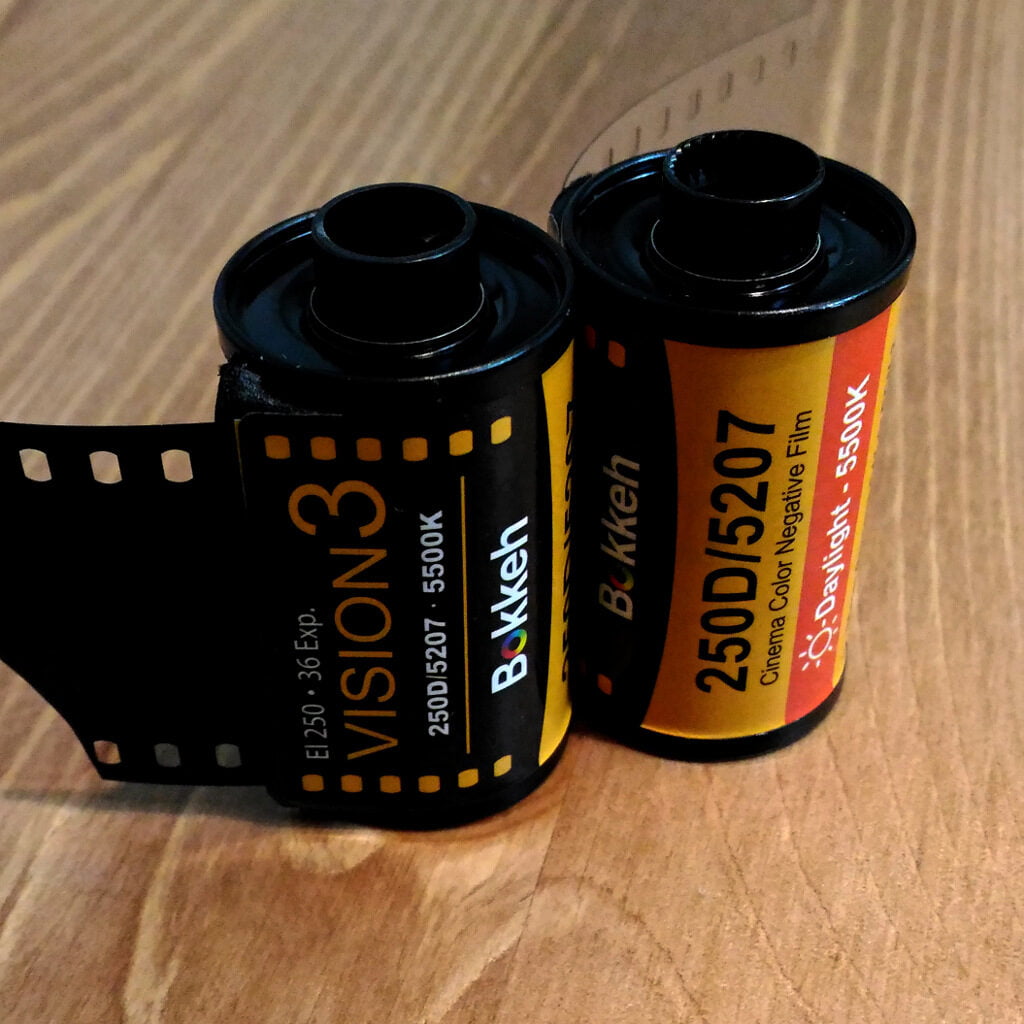CineStill 50 is a negative color film optimized for daylight. In fact, it is a repackaged Kodak Vision3 50D motion picture film (more information on that here) with the rem-jet layer already removed, allowing the film to be developed using the C-41 process. The film is distributed by CineStill Film. For more information about the film and other products, you can visit their website here. There is also a film for artificial light, and a 120-roll film is in the works.

I found the idea of using motion picture film for photography very appealing, and CineStill Film seemed like a simple and convenient option since you don’t need a specialized lab to remove the rem-jet layer. However, I have since discovered another interesting alternative to CineStill Film, which I will discuss in a future blog post.

I purchased the film in Taiwan through Lomography.com. Unfortunately, it’s quite expensive here, costing 500 NT$ (approximately 14 Euros) per roll. To my surprise, it was shipped from Hong Kong. And now I also know that films can be shipped internationally without any issues. In any case, there are no signs of damage from X-ray radiation.

Due to the very changeable weather in Taipei over the past few months, I had the opportunity to use the film in various lighting conditions. I quickly noticed that ISO 50 is quite slow. I had never used film with less than ISO 100 before and was surprised by how much light you need.
Even on a cloudy day, you have to stop down quite a bit to be able to shoot handheld. On a rainy day, it’s impossible; you’ll need a tripod. In my opinion, that’s the biggest drawback of the film. It’s really only suitable for good weather with lots of sunshine. On the other hand, ISO 50 has the advantage of producing very fine-grained results, and even in bright sunlight, you can shoot with an open aperture to get a lot of bokeh.
Example Photos









My conclusion about CineStill 50D
Will I use this film more often? Probably not. Firstly, it is quite expensive compared to other professional films, at least here in Taiwan. And secondly, I have found a relatively inexpensive alternative (also real motion picture film). Right now, I’m waiting for the development, and then there will be the next blog post on this topic.
If you like this content and don’t want to miss new blog posts, consider subscribing to our newsletter!



